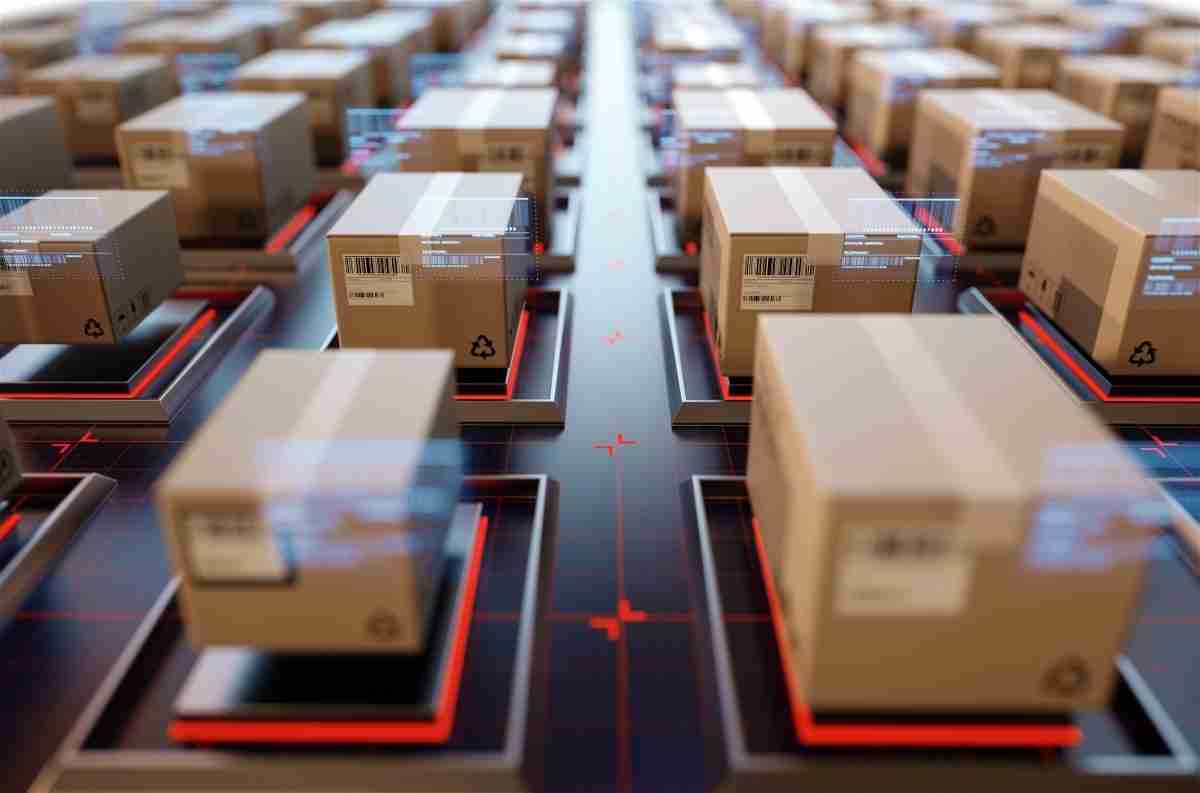Software Development Trends of 2022 | Will These Make You Superior?
Organizations that wish to stay competitive and be first adopters in their respective industries must keep up with the newest software development...
4 min read
Işık Handan : Mar 16, 2022 10:02:59 PM
The corporate world is evolving towards an e-economy or digital economy. It is currently undergoing a digital revolution that is moving at a dizzying pace. There isn't a single industry that isn't affected.
The numerical economy's guiding principle is hyperconnection, which refers to the increased interconnection of people, organizations, and equipment as a result of network, mobile technology, or other internet-connected gadgets.
Everything is becoming digitized, which is building new advanced digital networks that are fundamentally changing how commerce is managed, maximized, shared, and distributed. Supply chain management became a defining factor in competitive advantages in today's customer-driven economy.
In today's fast-paced world, traditional supply chain methods are insufficient, and your firm requires a digital supply chain platform that enables business speed — fast, efficient, and transparent.
For today's organizations to prosper and survive, they need a single, end-to-end digital supply chain platform. It can assist manufacturers, suppliers, retailers, and distributors in making faster and more informed decisions.
What is the functionality of these platforms? They begin by leveraging digitalization to help you make better decisions faster by leveraging your investments in basic and extensive supply chain planning and optimization capabilities. You can adapt your business strategy to produce additional revenue, increase efficiencies, and boost business confidence once this is in place.
Digital models reflect physical networks, allowing you to use AI, machine learning, collaboration, and business scenario analysis to improve customer service and save time to market.
Your company may help increase revenue, save expenses, reduce risk, and improve service by using digital supply chain capabilities to make smarter decisions faster. Process augmentation and automation are possible with a digital supply chain, freeing up time to concentrate on other value-added tasks.
A digital supply chain also enhances your capacity to communicate with consumers and partners in a seamless manner. By digitizing your supply chain, you may create a "Digital Twin," or an electronic replica of it, which improves visibility and lays the groundwork for sophisticated analytics such as simulations and many "what-if" scenarios.
Your supply chain and logistics processes will be transformed when you digitize them. Digitization will improve communications, allow you to handle issues faster, connect with partners, increase visibility, and provide you a competitive advantage.
This is the first and most important step. It's critical to understand the current state of the supply chain, the risks that each supplier poses, and to assess feasibility. You must analyze the importance of each potential risk and come up with ideas for how to mitigate any potential issues. It becomes much possible to take proactive efforts and put up preventive structures in a timely manner once you have a thorough understanding of the risk involved.
At this point, you'll examine your suppliers' maturity as well as the total risk they pose.
You'll need to know about the implications of any modifications at this point, and you'll want to encourage communication with the corporate entities involved and establish a safe environment where they can be open and honest with the common aim of creating a system that benefits both sides.
The utilization of discussion will demonstrate inclusivity while also strengthening the trust and confidence that already exists between you and your business partners. This discussion will also provide insight into what is motivated to perform for both parties and how the groundwork should be laid.
These early conversations will also guarantee that the digital management system is tailored to your requirements as well as those of your suppliers and other business partners. It is, at its core, a system that will not fit into a square hole.
Suppliers are understandably afraid about abandoning you as a client if they express worries and potential hazards, so these early chats are crucial because they put everybody at ease and are all-inclusive. The vendors will also widen your understanding of what the system requires and what components are required for it to be a success.

Put in place procedures that will help your system in the long run. Take proactive measures to maintain system stability throughout time and in a variety of business and financial environments. A reactive strategy is prone to interruptions, delays, and, on rare occasions, system failure. This methodical and foresighted approach protects your company from such unwelcome surprises.
It is critical to recognize that the desire to save money can lead individuals and organizations to take steps that pose major dangers in the short term while focusing on the short-term gains. Because sustainability is a basic characteristic of all strong business entities, it is critical to cover all bases and understand the whole picture.
A solid supply chain is dependable and produces the required results. As a result, it's critical that you devote time to supplier research. Set up a contract with the information of how well-informed your suppliers are about the hazards involved. Suppliers are supposed to conduct their own risk analysis, however, this does not always happen.
This point should answer all doubts concerning expectations and mutual commitments.
Following the creation of a digital supply chain management system. It is implemented in stages, taking into account all of the information gathered. A pilot project is established, and its success is evaluated.
Following a successful pilot, the rollout should begin with the supply chains with the greatest predicted returns to achieve maximum returns straight away. Because of the dynamic nature of today's business environment, system capabilities will be required to evolve during the duration of the rollout.
Building a digital supply chain necessitates a complete strategy that incorporates the organizational structure, operations, systems, physical assets, and procurement and payment processes as a core aspect of the company plan. In comparison, tacked-on attempts can lead to silos, data duplication, and inefficiencies.

Organizations that wish to stay competitive and be first adopters in their respective industries must keep up with the newest software development...

1 min read
Warehouses are being developed closer to large commercial hubs than ever before to help with the surge in Last-Mile Delivery (LMD). Customers...

The importance of product packaging in the supply chain is greater than many people realize. As a business owner, you want your items to be packaged...